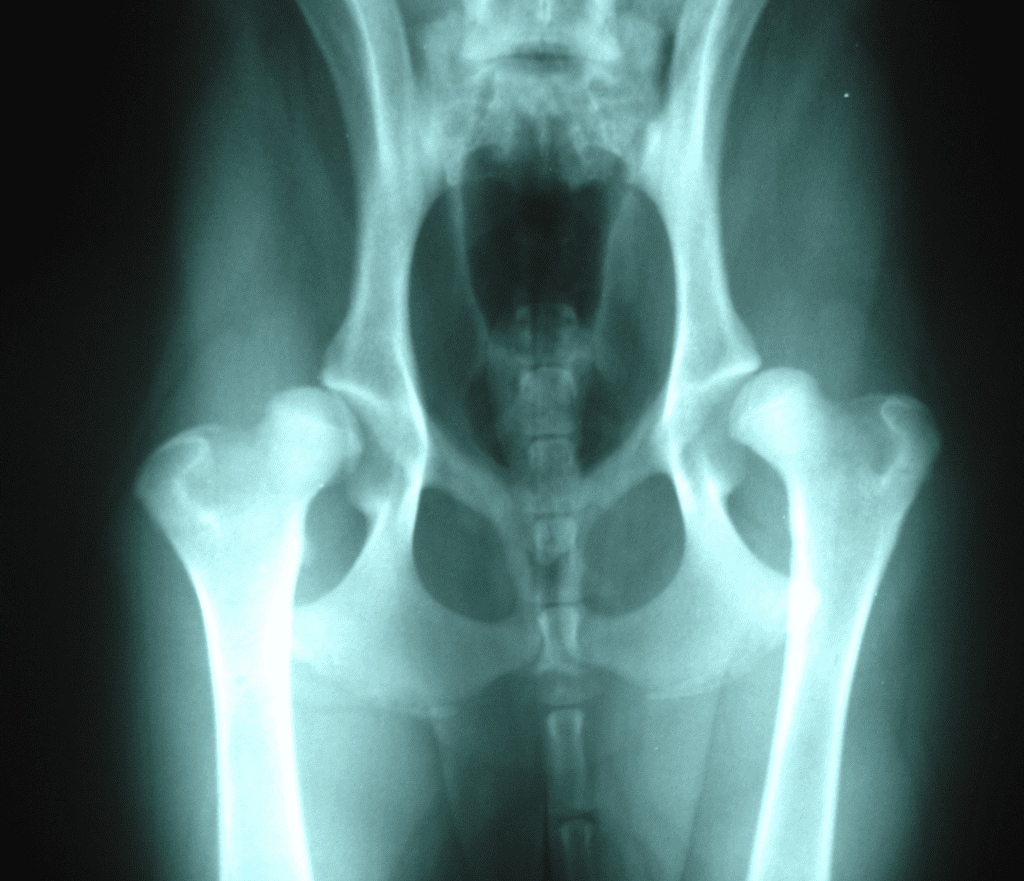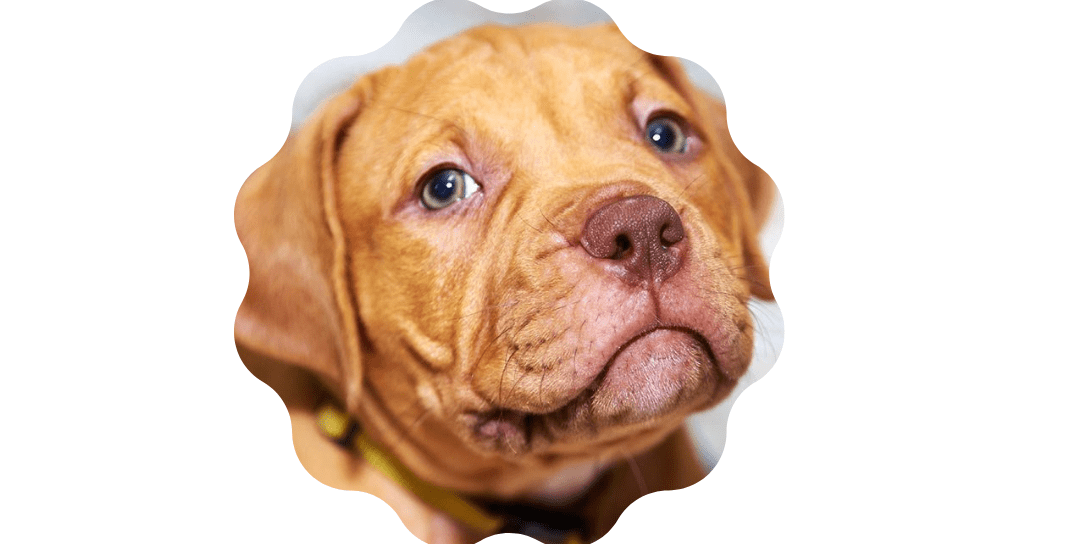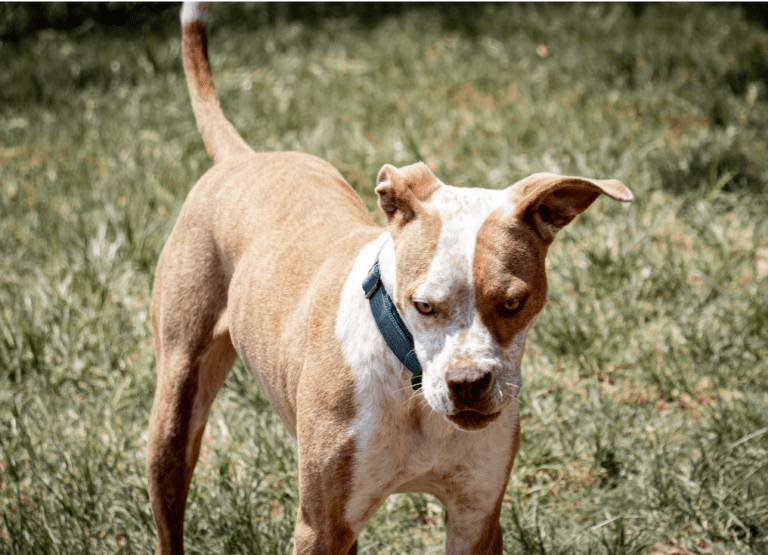Hip Dysplasia in Dogs: A Comprehensive Guide
Understanding Hip Dysplasia in Dogs
Hip dysplasia in Dogs is a common skeletal condition affecting dogs, particularly large and giant breeds. It refers to the abnormal development of the hip joint, where the ball and socket don’t fit together snugly, leading to instability and pain.
Causes of Hip Dysplasia in Dogs
While genetics play a significant role, several factors can contribute to the development of hip dysplasia:
Heredity:
Certain breeds, like Great Danes, Saint Bernard’s, Labrador Retrievers, and German Shepherd Dogs, are predisposed to the condition.
Excessive growth:
Rapid growth during puppyhood puts additional stress on the developing joints.
Nutrition:
An imbalanced diet lacking essential nutrients, especially calcium and phosphorus, can hinder proper bone formation.
Exercise:
Insufficient or excessive exercise can negatively impact the joint’s development.

Symptoms of Hip Dysplasia
The severity of symptoms varies depending on the dog’s age, breed, and the degree of joint instability. Common signs include:
- Limping, especially after exercise
- Difficulty rising or jumping
- Bunny hopping gait
- Decreased range of motion
- Joint stiffness
- Painful grinding or clicking sound in the hip
- Muscle atrophy
Treatment Options for Hip Dysplasia
Treatment options for canine hip dysplasia vary depending on the severity of the case:
Non-surgical:
Weight management:
Maintaining a healthy weight reduces stress on the joints.
Exercise restriction:
Controlled exercise helps maintain joint health and prevent further damage.
Physical therapy:
Exercises designed to strengthen muscles and improve mobility.
Pain medication:
Anti-inflammatory drugs to manage pain and discomfort.
Joint supplements:
Glucosamine and chondroitin promote joint health and lubrication.
Surgical:
FHO surgery (Femoral head ostectomy):
Removes the ball of the femur to create a false joint.
Total hip replacement:
Replaces the damaged hip joint with artificial components.
Preventing Hip Dysplasia:
Several measures can be taken to prevent hip dysplasia:
Responsible breeding:
Purchasing dogs from breeders who screen their breeding stock for hip dysplasia.
Proper nutrition:
Providing a balanced diet with appropriate calcium-to-phosphorus ratio.
Controlled exercise:
Avoiding high-impact activities during puppyhood.
Maintaining a healthy weight:
Preventing obesity reduces stress on the joints.
Additional Resources
- American Kennel Club: https://www.akc.org/expert-advice/health/hip-dysplasia-in-dogs/
- MSD Veterinary Manual: https://www.msdvetmanual.com/dog-owners/bone,-joint,-and-muscle-disorders-of-dogs/hip-dysplasia
- VCA Animal Hospitals: https://vcahospitals.com/shop/articles/what-is-hip-dysplasia
- Wikipedia: https://en.wikipedia.org/wiki/Hip_dysplasia_%28canine%29
By understanding hip dysplasia in dogs and taking preventive measures, you can help your canine companion enjoy a long and pain-free life.






